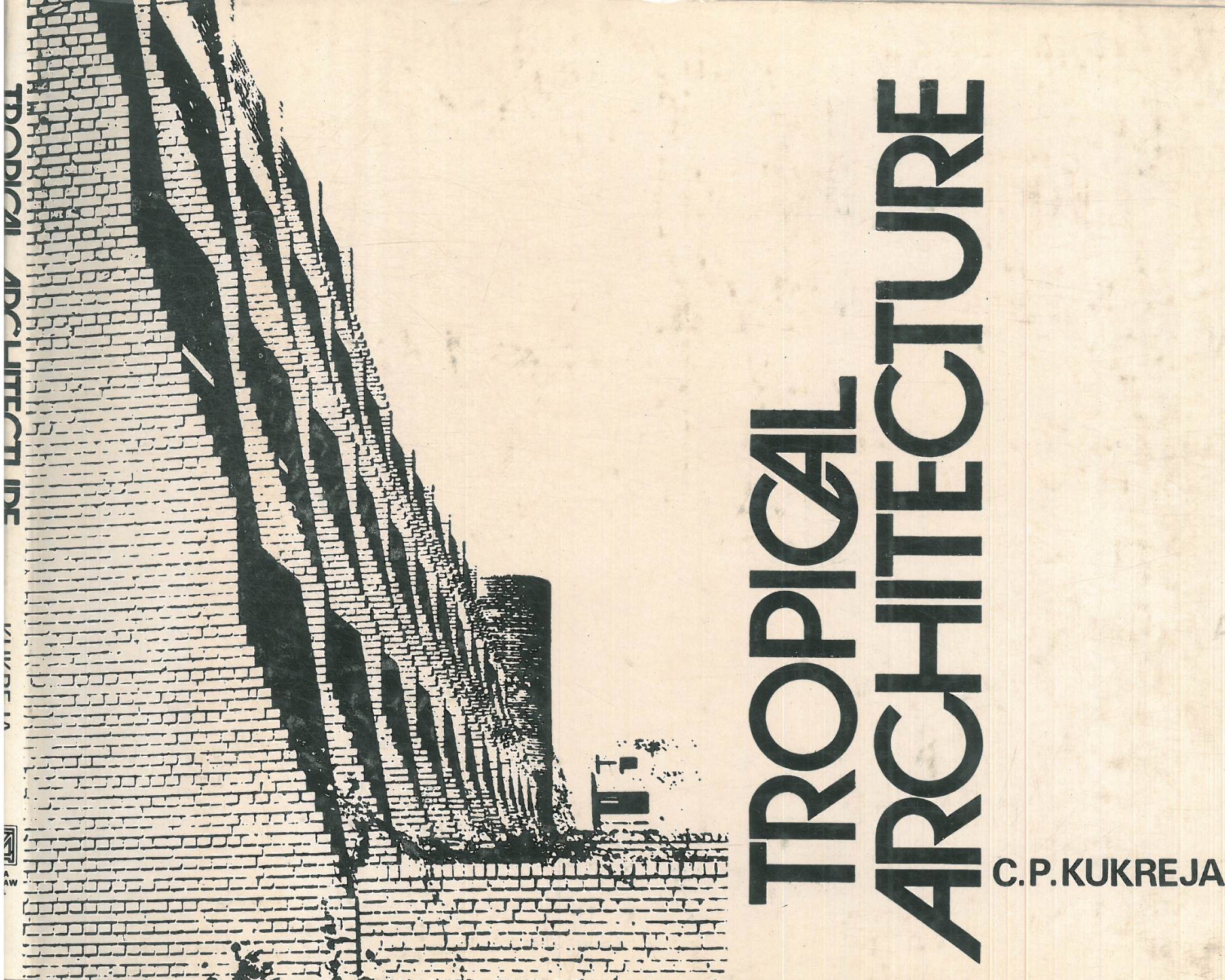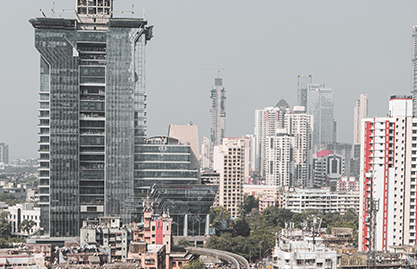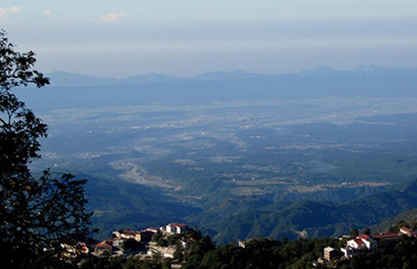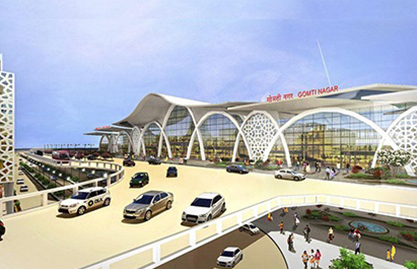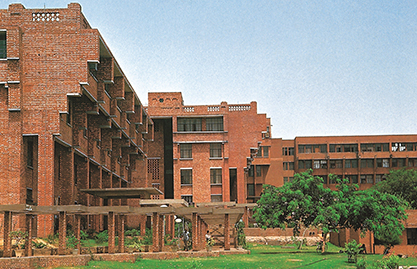Embassy Design as a Symbol of National Representation
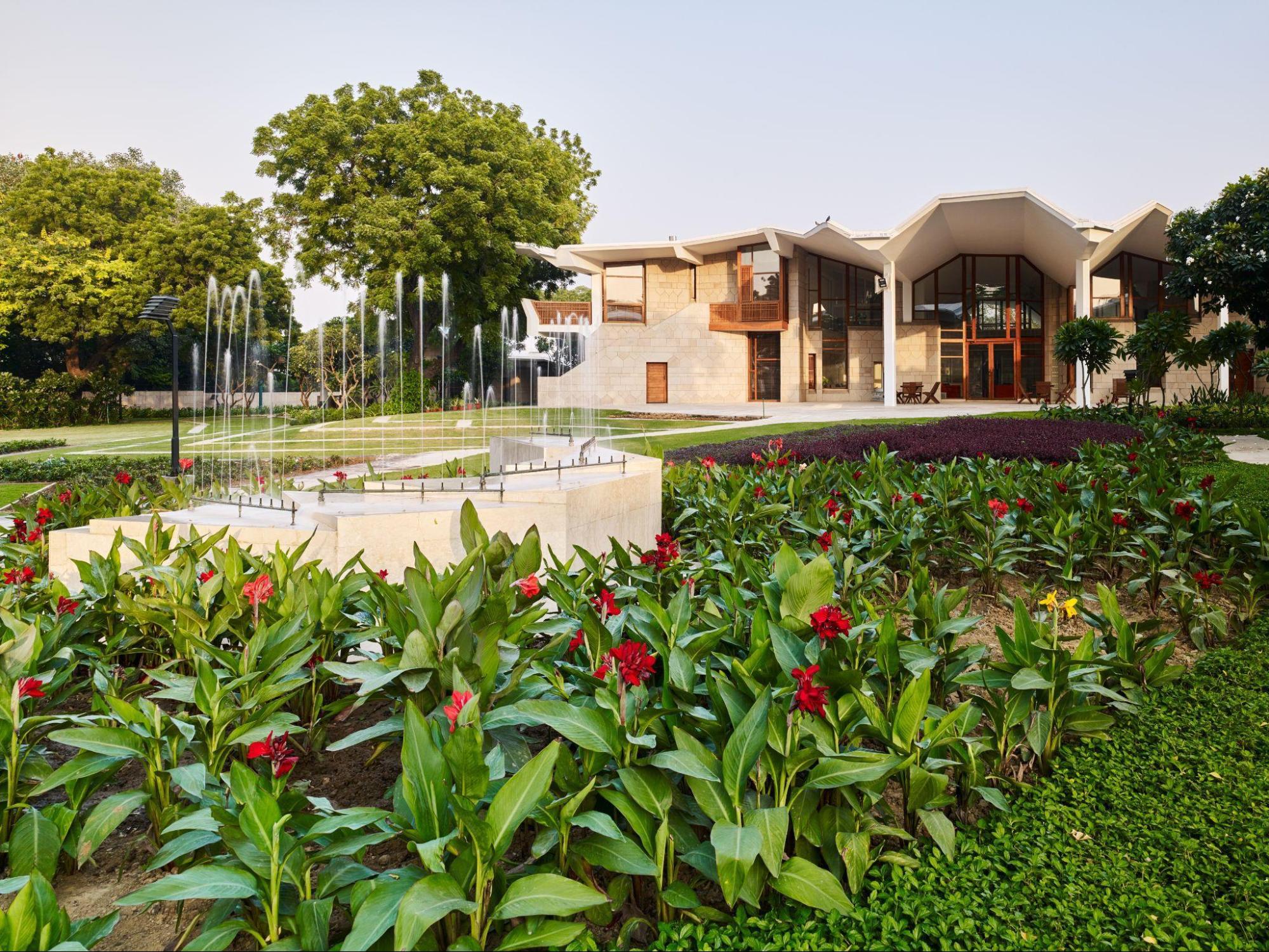
Embassy buildings represent a country in foreign lands. Typically comprising an office for foreign diplomats, operations of diplomatic missions, and the ambassador's residence, embassies are located in the host country's capital city. Throughout the history of embassy design, these buildings have expressed nations and their cultures in numerous ways. As an element of representation, the embassies may express the host country’s ethos, the guest country’s styles, or a fusion of the guest country and the host country’s aesthetics through architecture.
1. Representing a Nation’s Architecture in Foreign Lands
An embassy is the first contact point for the citizens of the host country who wish to explore the guest country. Therefore, embassies play an important role in projecting the impression of the guest country, which is often achieved through striking architectural elements. For instance, our design for the Indian High Commission in Nigeria represents Indian architectural elements in Nigeria. The design includes architectural elements from the guest country, such as jaalis (perforated screens) and chhatris (pavilions), adorning the façade of the chancery. In addition, the chancery building is crowned with a dome, a significant architectural element in Indian architecture.
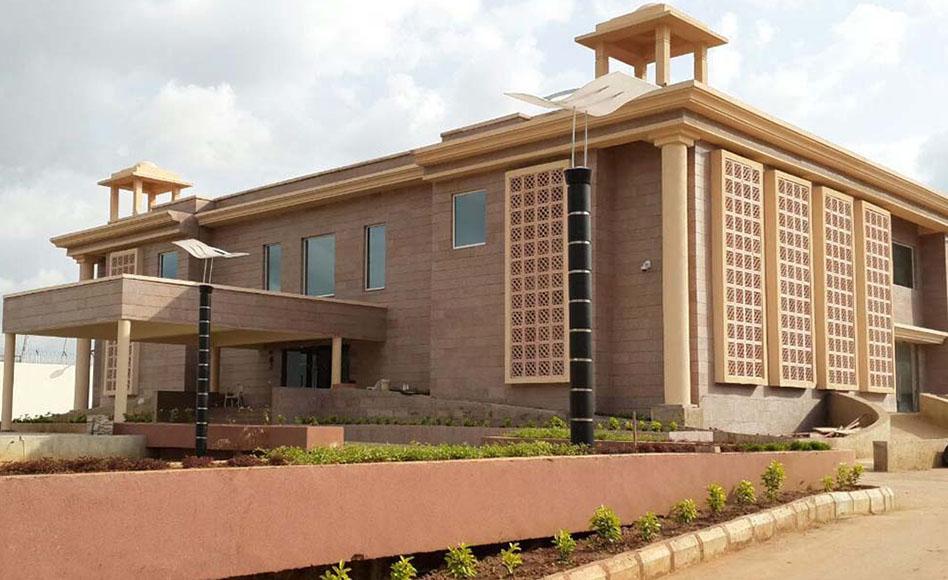
Indian architectural elements at the Indian High Commission in Nigeria
Adopting Host Country’s Aesthetics
The design for an embassy can also take inspiration from the guest country’s predominant architectural styles. The adoption is a gesture of cultural assimilation which may be used to strengthen the relationship between the interacting nations. Our design for the Austrian embassy in New Delhi uses Indian design elements to convey the same attitude. Using chajjas (extended slabs), central courtyard planning, terrace gardens, etc., are a nod to the host country’s architectural expressions.
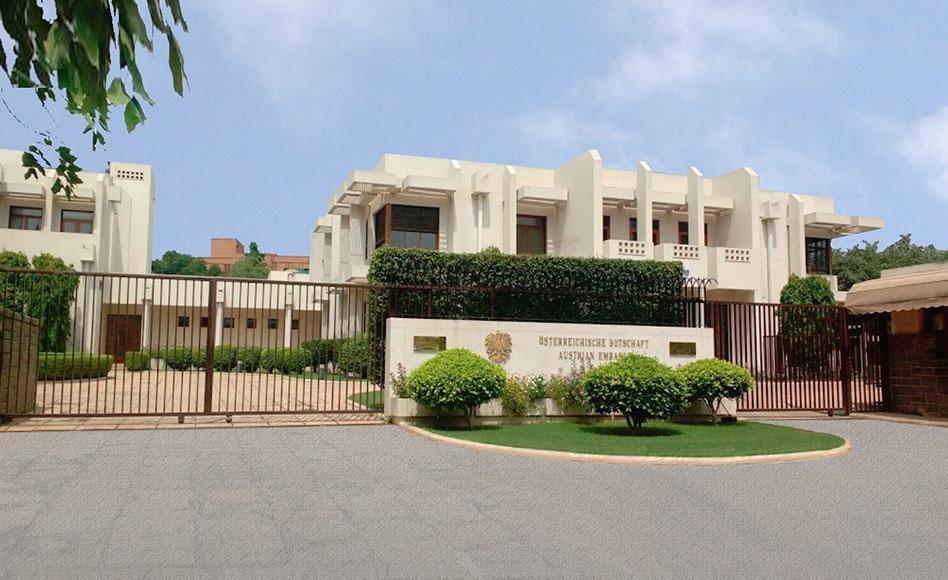
Local Architectural Influences at the Austrian Embassy in New Delhi
An undulating façade and distinct perforations on chajjas and balconies create unique and playful patterns, showcasing the host country’s architectural influences on the project.
3. Creating an Architectural Synthesis of Two Countries
Acting as the frequent contact point between two countries, an embassy is actually an interface. Thus, its visual identity can be derived from both sides, signifying a harmonious unity between the two nations. Our design for the Embassy of Finland in New Delhi ties the two nations together through a symbolic architectural expression of their national nature reserves. The roof of the embassy complex is designed as an abstract combination of Lake Kitkajärvi in Northern Finland and the Himalayas in India. This innovative roof design establishes a common architectural ground with its contorted yet sculpturally pleasing appearance.
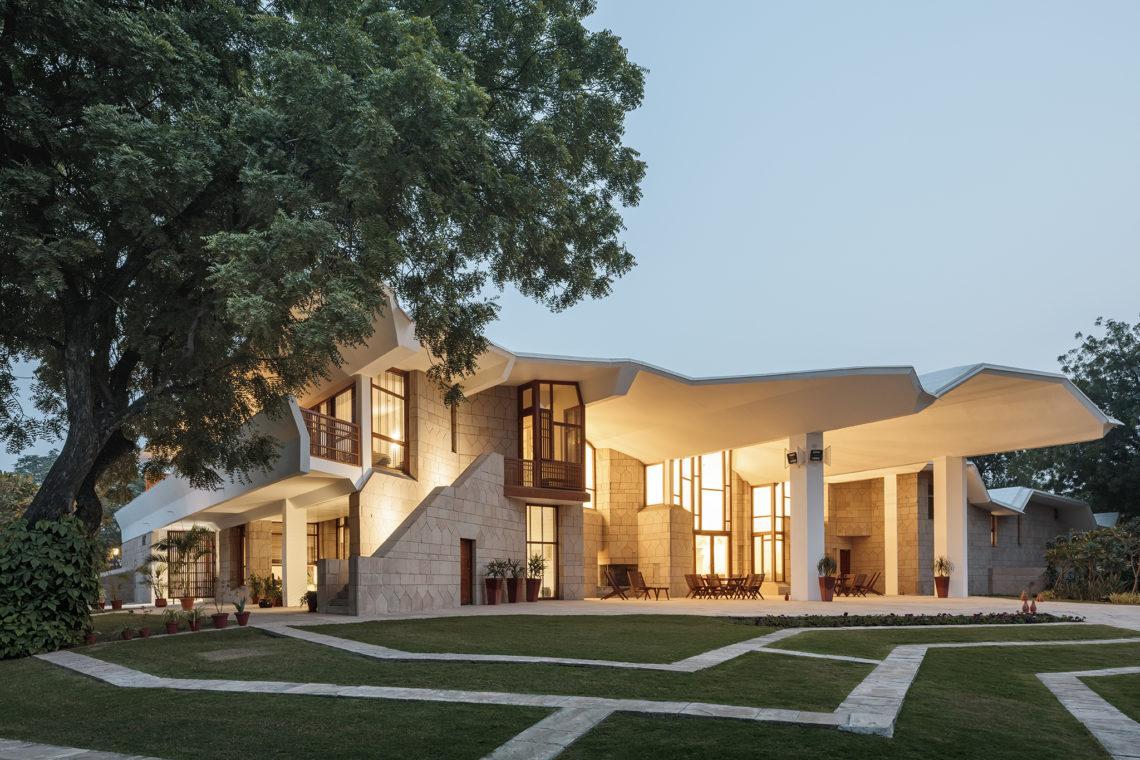
Sculptural roof of the Finland Embassy in New Delhi, Designed in association with the architects Raimi and Reila Pietila from Finland


